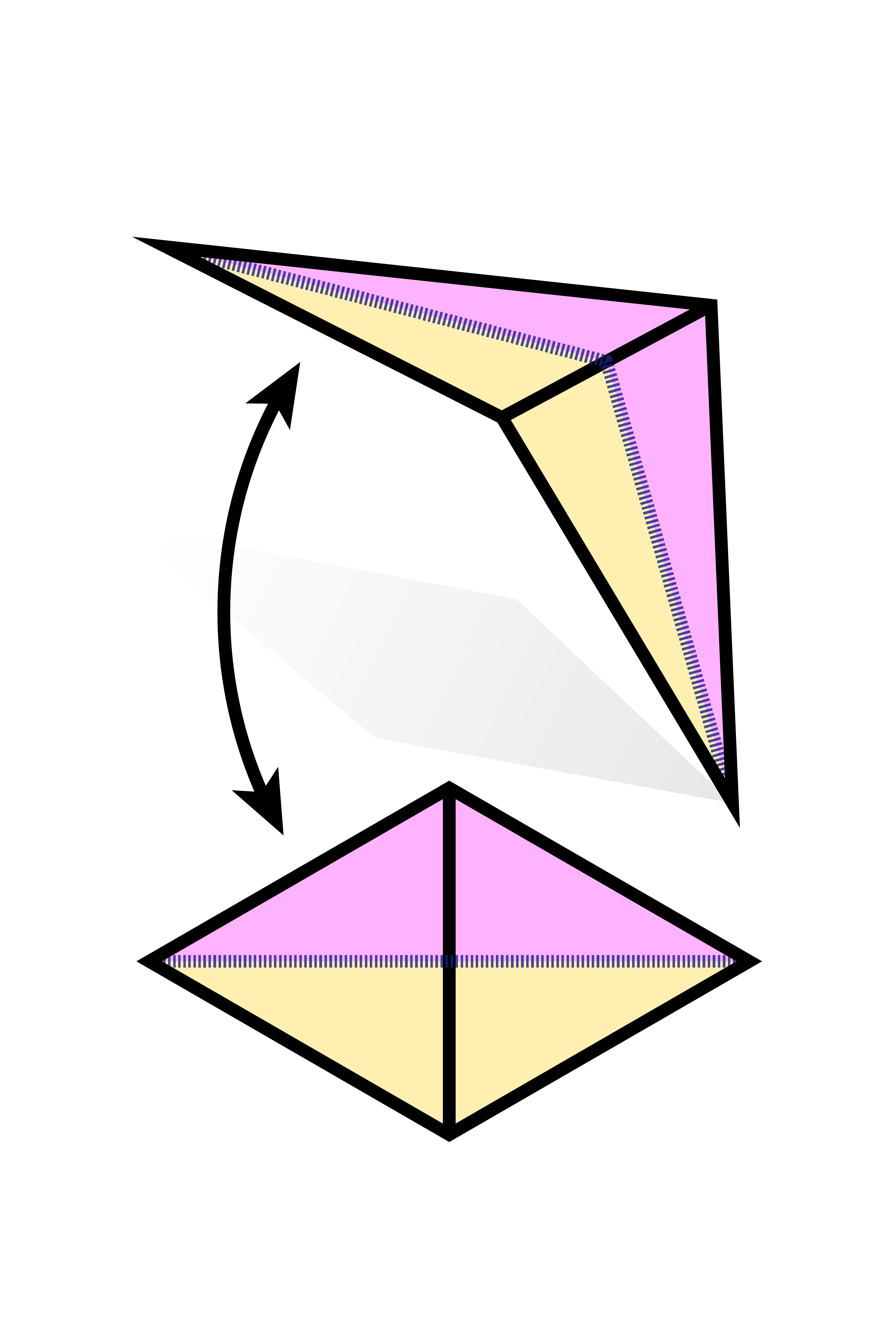Navigating Intrinsic Triangulations

Working with intrinsic triangulations decouples the simulation geometry from the triangulation used to represent the geometry of the object.
We present a data structure that makes it easy to run a large class of algorithms from computational geometry and scientific computing on extremely poor-quality surface meshes. Rather than changing the geometry, as in traditional remeshing, we consider intrinsic triangulations which connect vertices by straight paths along the exact geometry of the input mesh. Our key insight is that such a triangulation can be encoded implicitly by storing the direction and distance to neighboring vertices. The resulting signpost data structure then allows geometric and topological queries to be made on-demand by tracing paths across the surface. Existing algorithms can be easily translated into the intrinsic setting, since this data structure supports the same basic operations as an ordinary triangle mesh (vertex insertions, edge splits, etc.). The output of intrinsic algorithms can then be stored on an ordinary mesh for subsequent use; unlike previous data structures, we use a constant amount of memory and do not need to explicitly construct an overlay mesh unless it is specifically requested. Working in the intrinsic setting incurs little computational overhead, yet we can run algorithms on extremely degenerate inputs, including all manifold meshes from the Thingi10k data set. To evaluate our data structure we implement several fundamental geometric algorithms including intrinsic versions of Delaunay refinement and optimal Delaunay triangulation, approximation of Steiner trees, adaptive mesh refinement for PDEs, and computation of Poisson equations, geodesic distance, and flip-free tangent vector fields.